- P.I.T Maneuver. PIT stands for Precision Immobilization Technique. It is a pursuit tactic by which a pursuing car can force a fleeing car to abruptly turn sideways, causing the driver to lose control and stop. To perform a PIT maneuver, you have to be close to the suspect vehicle and on almost the same speed. Then, ram the suspect vehicle's back wheel area to make him spin and lose control.
1 suspect
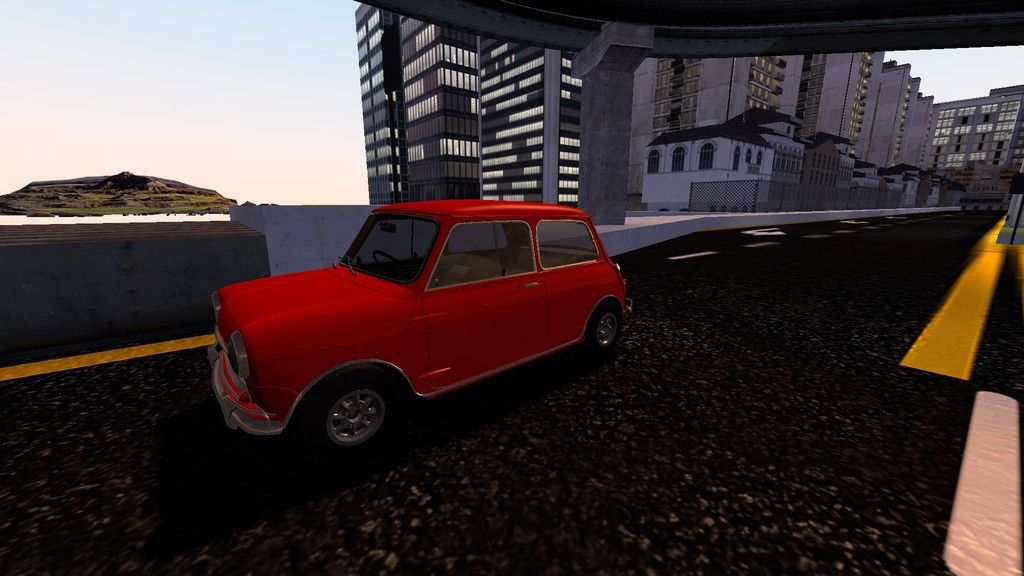 1 police car
1 police car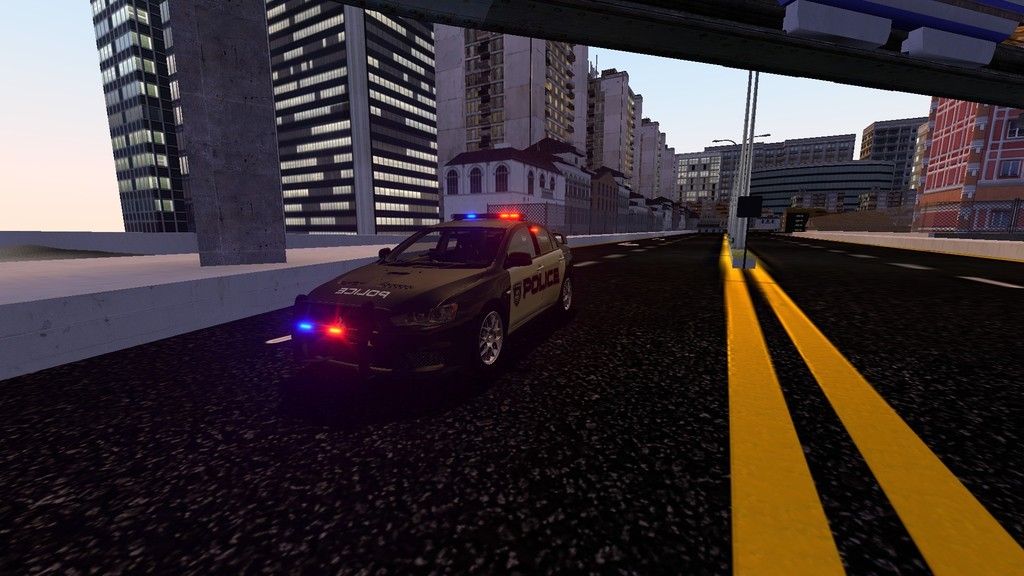 result
result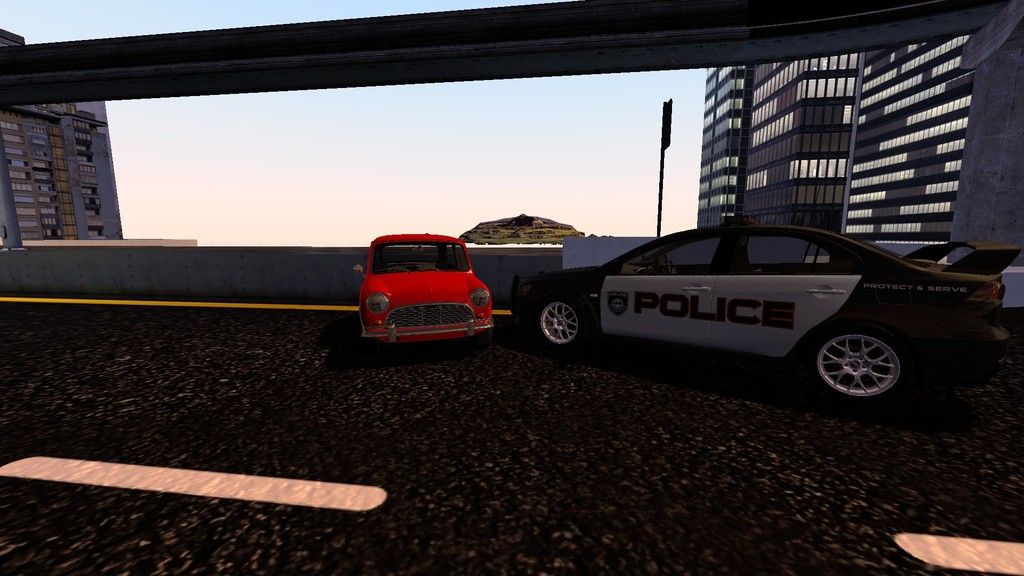
- "Box". Box maneuver is when 3 or 4 police cars stop the suspect by blocking him. For this 1 car needs to be in front of the suspect, 1 behind, 1 on the left and 1 on the right. When all the police vehicles are in position, they all brake so the suspect would stop without a chance of getting away.
1 suspect
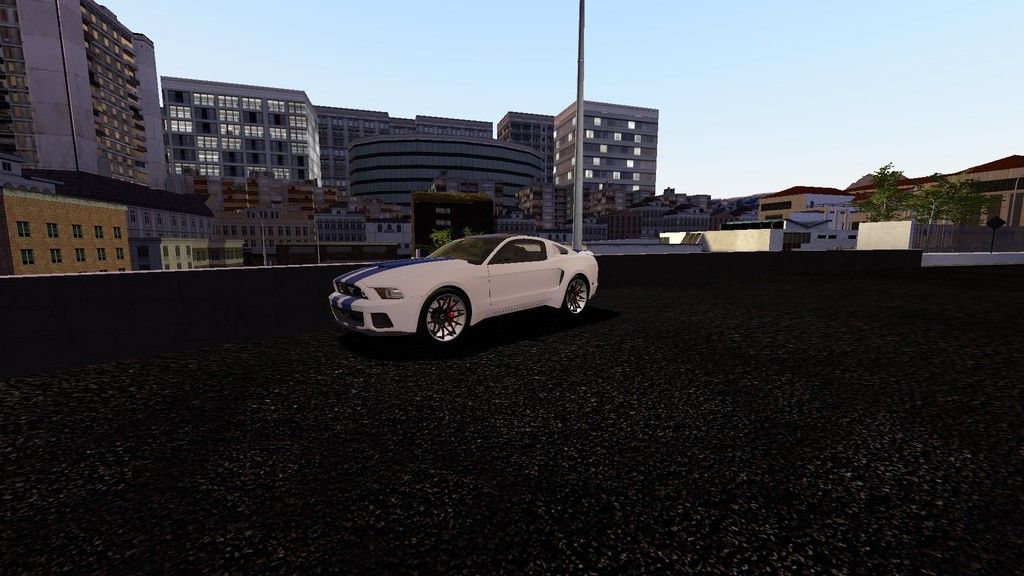 3 police cars
3 police cars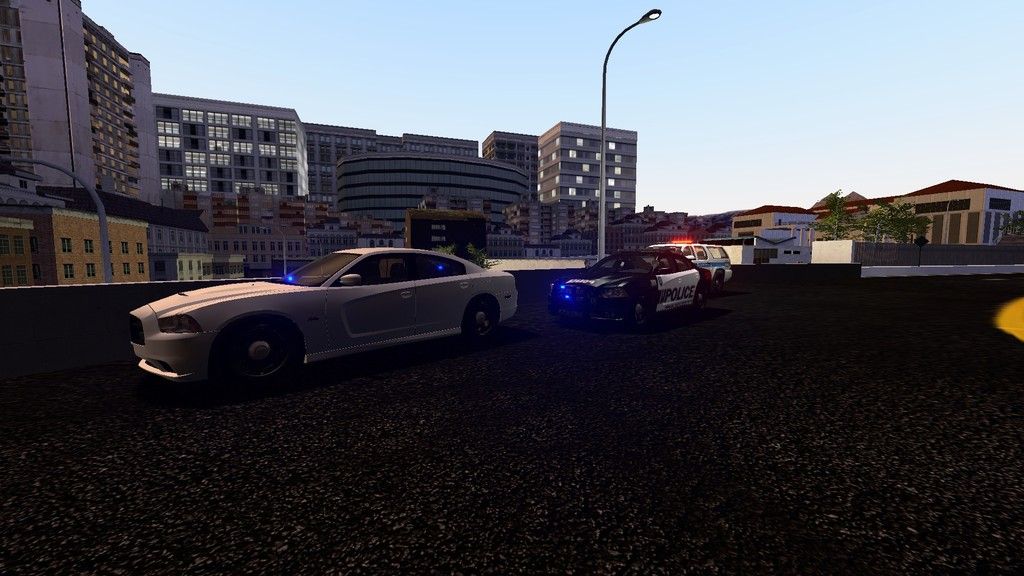 result
result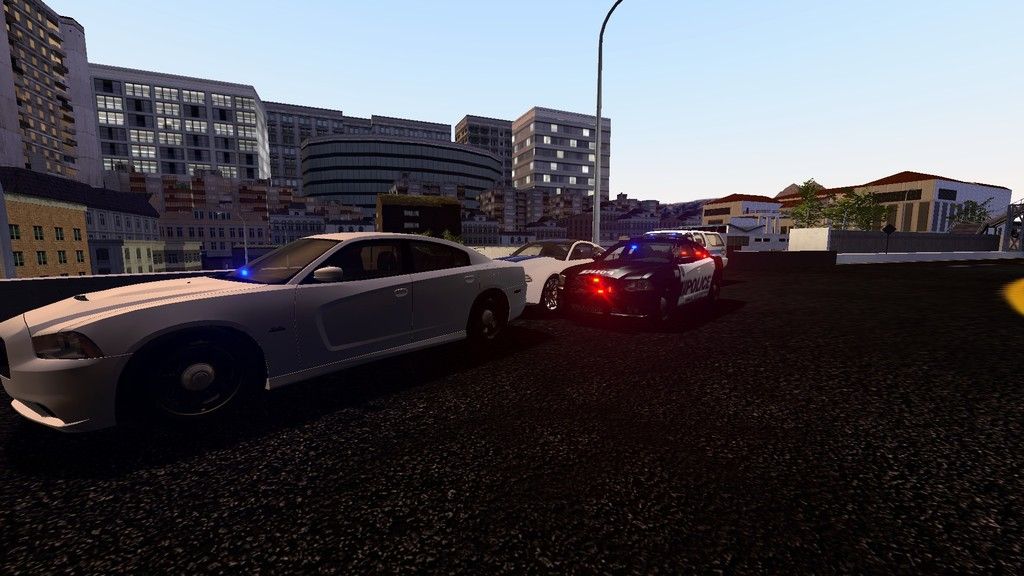
- Roadblock. Roadblock is one of the most dangerous ways of stopping the suspect. In a roadblock, multiple police vehicles (usually 2) park in a line in front of the suspect. Usually spikestrips are used. When the suspect sees a roadblock, he may not have any way back so he will either stop or try to ram through the roadblock. In the second case he will either crash into a police car and wreck his car, or drive through the spikestrip, lose control and stop.
That's all. Hope this will help newbies in pursuits.1 suspect
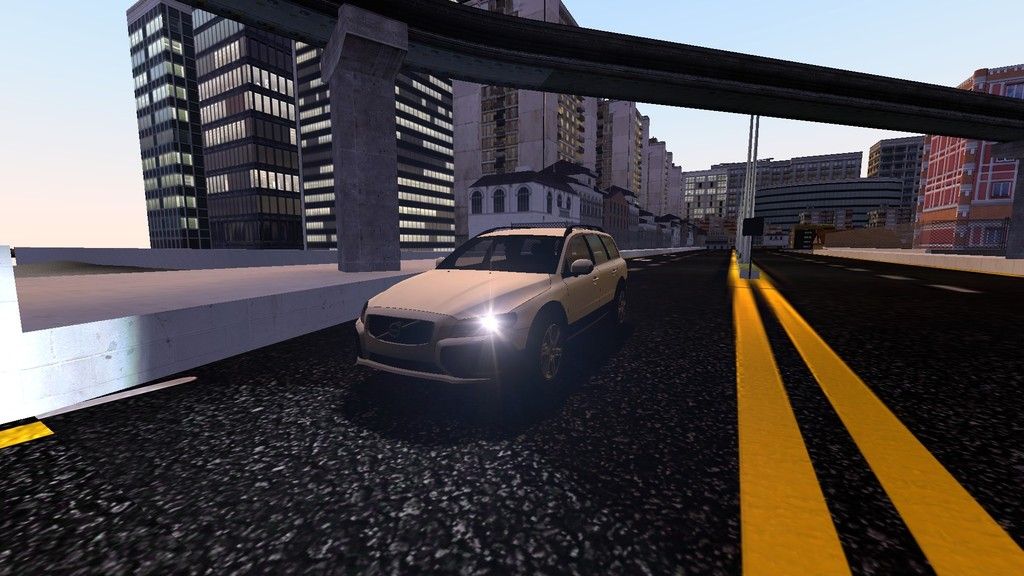 2 police cars, 2 barricades, a spikestrip
2 police cars, 2 barricades, a spikestrip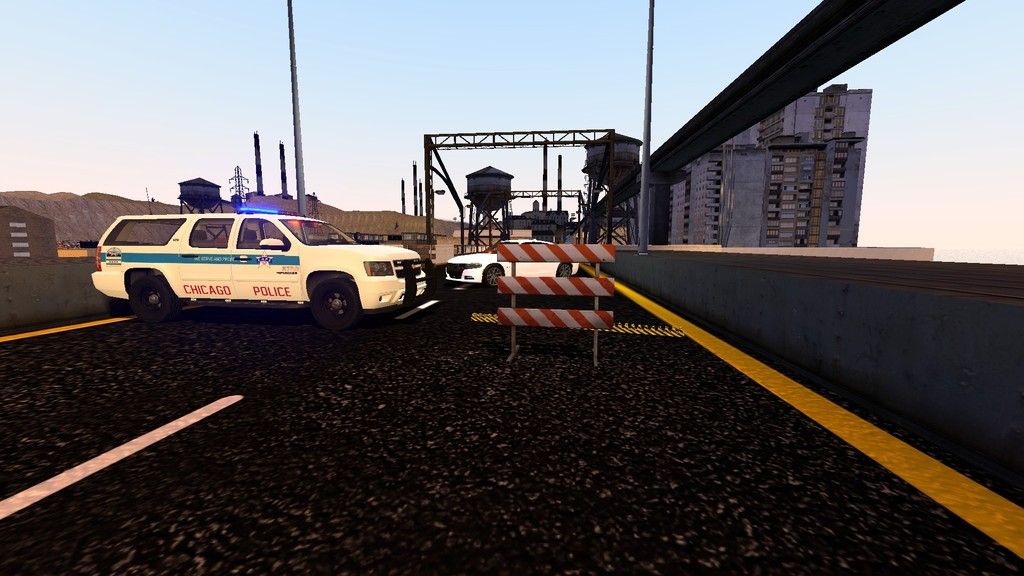 result
result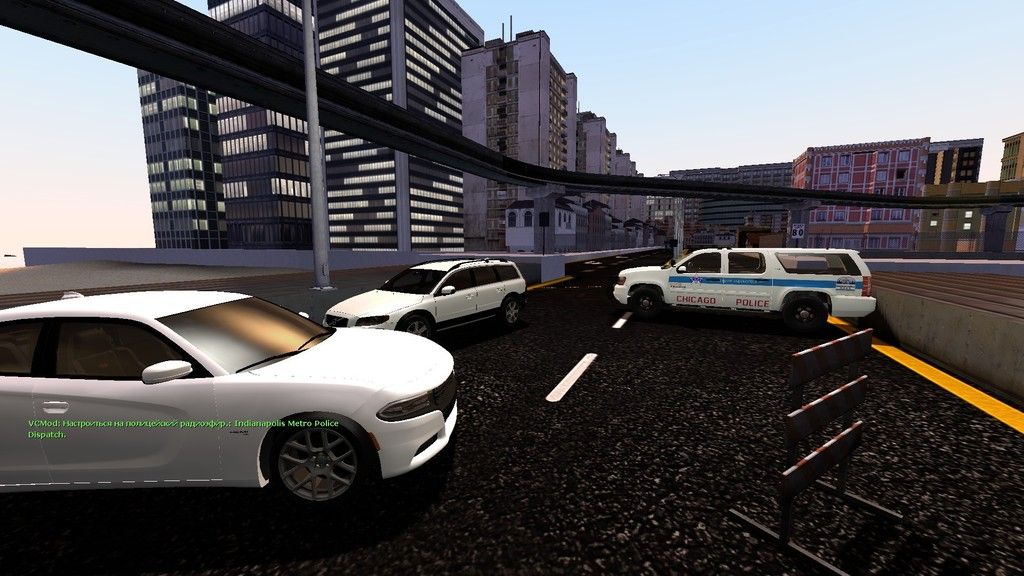
You are using an out of date browser. It may not display this or other websites correctly.
You should upgrade or use an alternative browser.
You should upgrade or use an alternative browser.
[PLPD TRAINING] Pursuit-basic tactics
- Thread starter ErmakDimon
- Start date
- Status
- Not open for further replies.
Also some policies for the PIT maneuver.
The PIT is not applicable in every situation, and many factors affect the usefulness of the technique. Many of these factors relate to safety concerns: typical police policy recommends that an officer not attempt the PIT at speeds greater than 35 miles per hour (55 kilometers per hour), and requires careful choice of location, considering all possible effects on other traffic and pedestrians. Because of the police department's potential liability for the injury or death of not only of the occupants of the target vehicle, but also bystanders, most departments limit its use to only the most high-risk scenarios. Most departments specify that the PIT should only be used to stop pursuits that are immediately dangerous.
The PIT is not applicable in every situation, and many factors affect the usefulness of the technique. Many of these factors relate to safety concerns: typical police policy recommends that an officer not attempt the PIT at speeds greater than 35 miles per hour (55 kilometers per hour), and requires careful choice of location, considering all possible effects on other traffic and pedestrians. Because of the police department's potential liability for the injury or death of not only of the occupants of the target vehicle, but also bystanders, most departments limit its use to only the most high-risk scenarios. Most departments specify that the PIT should only be used to stop pursuits that are immediately dangerous.
Deleted member 1235
Guest
For those of you who would rather see it in action in real life if you're a visual learner:
(PIT)
(Boxing in)
Very useful guide by the way!
Very useful guide by the way!
You only showed us the tactics of how to stop someone. And for got this
11.9 Handling the Pursuit of a Suspect(s)
When pursuing a suspect, LEOs must take the utmost caution to ensure the safety of any nearby members of the public, the safety of the suspect, and the safety of fellow LEOs.
Force may only be used if the suspect(s) is at risk of escaping, is posing a direct threat to other person(s) and/or is believed to be intent on harming any other such person(s) (appropriate evidence, as defined under section 10.3, must have been obtained when acting on such a belief).
P.S can't ram a mini or any slow or not slow car for running away. Like if a preson is in a fast car and about to run away then i'd ram the car. And if someone's running red lights, driving recklessly and driving on the sidewalk.
(On my phone.)
11.9 Handling the Pursuit of a Suspect(s)
When pursuing a suspect, LEOs must take the utmost caution to ensure the safety of any nearby members of the public, the safety of the suspect, and the safety of fellow LEOs.
Force may only be used if the suspect(s) is at risk of escaping, is posing a direct threat to other person(s) and/or is believed to be intent on harming any other such person(s) (appropriate evidence, as defined under section 10.3, must have been obtained when acting on such a belief).
P.S can't ram a mini or any slow or not slow car for running away. Like if a preson is in a fast car and about to run away then i'd ram the car. And if someone's running red lights, driving recklessly and driving on the sidewalk.
(On my phone.)
- Status
- Not open for further replies.
Similar threads
- Replies
- 5
- Views
- 1K


